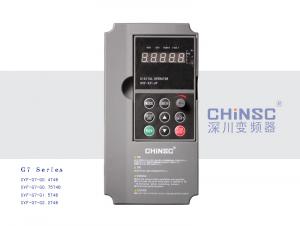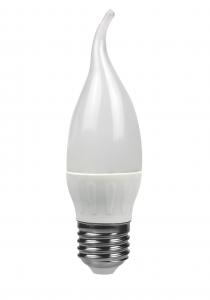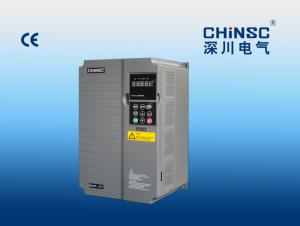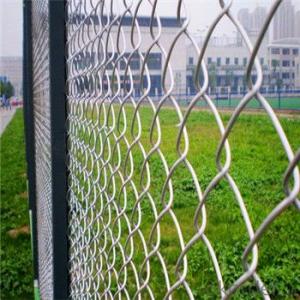3 Mppt Solar Inverter
3 Mppt Solar Inverter Related Searches
Home Power Inverter For Solar Best Inverter For Solar Mppt Inverter For Solar System Inverter For Home Solar Solar Power Inverter For Rv Shade For Solar Inverter App For Solar Inverter Capacitor For Solar Inverter Ct For Solar Inverter Inverter For Rv SolarHot Searches
Type Of Inverter For Solar Types Of Inverter For Solar Used Solar Inverter For Sale Inverter Size For Solar System Solar Edge Inverter For Sale 5kw Solar Inverter For Sale Solar Inverter For Sale Solar Inverter For Battery Solar Inverter For Split Ac Solar Inverter For Laptop Solar Inverter For Fridge Solar With Inverter Price Solar Inverter With 2 Battery Solar Inverter With Ac Outlet Solar Inverter Price In China Best Solar Inverter In China Solar Inverter Price In Dubai Solar Inverter Price In Uae Solar Inverter Price In Kenya Type Of Inverter For Solar3 Mppt Solar Inverter Supplier & Manufacturer from China
Okorder.com is a professional 3 Mppt Solar Inverter supplier & manufacturer, offers integrated one-stop services including real-time quoting and online cargo tracking. We are funded by CNBM Group, a Fortune 500 enterprise and the largest 3 Mppt Solar Inverter firm in China.Hot Products
FAQ
- A solar inverter plays a crucial role in the overall system reliability of a solar power system. It converts the direct current (DC) generated by solar panels into alternating current (AC) that is compatible with the electrical grid. By efficiently and accurately converting the power, a high-quality solar inverter ensures optimal energy production and grid integration. It also helps in voltage regulation, frequency control, and protection against grid faults. Therefore, a well-functioning and reliable solar inverter significantly enhance the overall system reliability, maximizing the overall efficiency and longevity of the solar power system.
- Yes, a solar inverter can be used off-grid. In fact, off-grid solar systems often require a solar inverter to convert the DC power generated by solar panels into AC power that can be used to power appliances and devices.
- The lifespan of a solar inverter typically ranges from 10 to 20 years, depending on various factors such as the quality of the inverter, usage patterns, maintenance, and environmental conditions.
- The role of isolation in a solar inverter is to provide electrical safety and protect sensitive electronic components. It helps to separate the direct current (DC) input from the alternating current (AC) output, ensuring that any faults or fluctuations in one do not affect the other. Isolation also prevents any potential ground faults, reducing the risk of electric shock and improving system reliability.
- The maximum number of AC outputs in a solar inverter can vary depending on the specific model and design of the inverter. However, in general, most residential solar inverters typically have one or two AC outputs, while commercial or utility-scale inverters can have multiple AC outputs, ranging from three to even a dozen or more, depending on the requirements of the installation.
- The maximum number of solar panels that can be connected to a solar inverter depends on various factors such as the power rating and specifications of the inverter, the total power capacity of the solar panels, and the design of the solar power system. It is best to consult the manufacturer's guidelines or a professional solar installer to determine the appropriate number of solar panels that can be connected to a specific solar inverter.
- A solar inverter handles voltage unbalance in the grid by continuously monitoring the incoming voltage levels. If it detects a voltage imbalance, it automatically adjusts its internal control mechanisms to balance the output voltage and ensure stable operation. Additionally, the inverter may also employ advanced algorithms to mitigate the effects of voltage unbalance, such as reactive power compensation and voltage regulation, minimizing any potential impacts on the solar system's performance and the grid.
- The role of a solar inverter in voltage control is to convert the direct current (DC) produced by solar panels into alternating current (AC) that is suitable for use in homes and businesses. Additionally, a solar inverter helps regulate and stabilize the voltage levels to ensure that the generated electricity matches the required voltage for the connected electrical appliances. This helps prevent overvoltage or undervoltage situations, ensuring a safe and efficient energy supply.











































